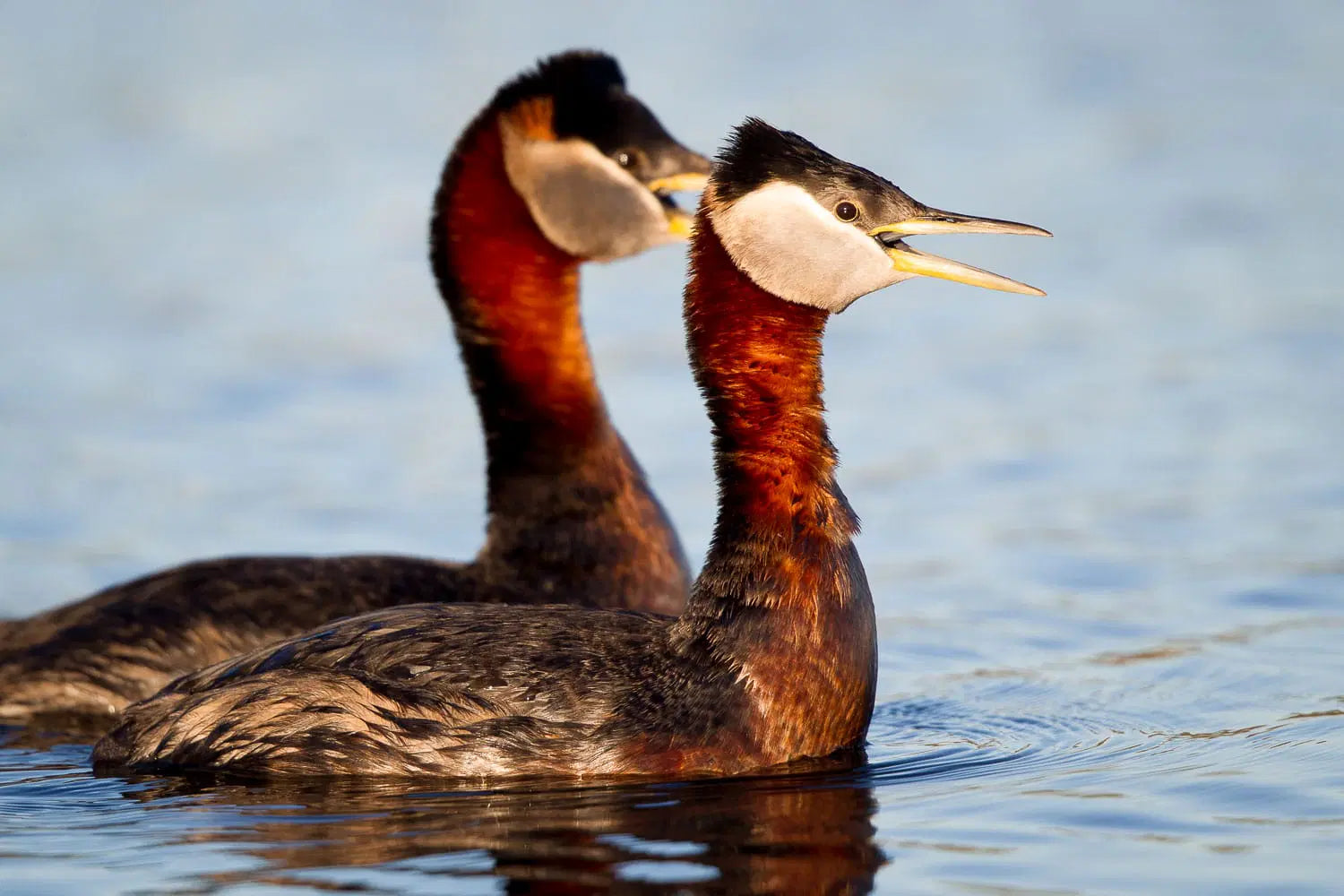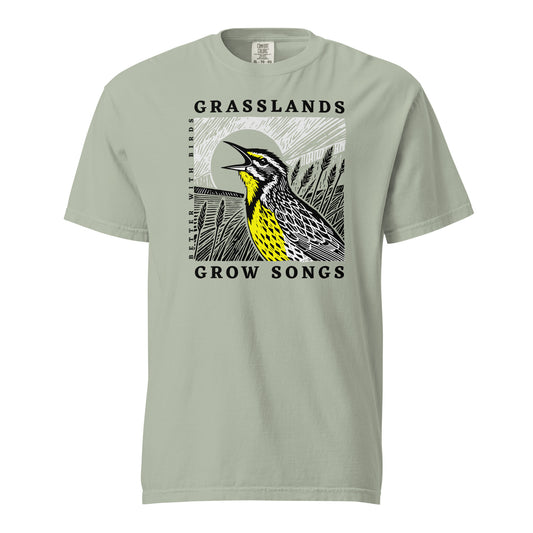Why Do Birds Migrate?
Feature photo: Intan Luciana Pertiwi/Vecteezy
Read Time: 4 minutes

This post contains affiliate links. If you use these links to buy something, we may earn a commission at no additional cost to you. We only recommend products we fully support or use ourselves. Our full disclaimer
PIN THIS FOR LATER

Contents
Every year, millions of birds pack their metaphorical suitcases (no zippers, just instinct) and set off on journeys that stretch across countries, oceans, even hemispheres. Why? What compels them to leave their homes and brave wind, predators, and occasionally, cities that never sleep?
Let’s get into it. Because the answer is surprisingly elegant—and also a bit chaotic.
It's About Food. Mostly food.
Migration, in the most basic sense, is a food-finding mission. Birds migrate to survive seasonal shortages. As the temperature drops and insects vanish or seeds stop growing, birds head to warmer places where breakfast is still on the menu.
We’re talking full-on brunch buffets in the tropics while the rest of us are scraping frost off our windshields.
We give 20% of all shop profits to bird conservation & inclusive birding efforts.
Breeding Gets a Vote Too
Migration isn’t just about eating—it’s also about babies.
Some birds fly north in spring not just for food, but because longer daylight hours and cooler climates give chicks a better shot at survival. More light equals more time to find food. Less heat equals less stress on eggs. Birds think practically.
And Then There’s Climate
Birds are very sensitive to environmental changes. Shifts in weather patterns or temperatures can disrupt their food supply, nesting areas, or even social behaviours.
This is why climate change has started to affect migration patterns. Some birds are arriving earlier, leaving later, or skipping certain stops entirely. It’s nature on fast-forward, and birds are adapting in real-time.
But Wait—How Do They Know Where to Go?

Photo: Muhammad ilham Marlis/Vecteezy
Honestly? We don’t fully know. It’s kind of incredible.
Some birds navigate using the sun. Others use the stars. Many are believed to sense the Earth’s magnetic field. There’s also smell, memory, and possibly some inner GPS that we don’t totally understand yet.
Pigeons, for example, can find their way home from hundreds of miles away—and they don’t even have Google Maps.
Solo Flights vs. Group Travel
Not all birds migrate in flocks. Some travel solo (owls, for instance). Others fly in tight V-formations or loose squadrons. Group flight can conserve energy and offer protection—but it’s not required. Birds do what works for their species, their needs, and their mood, probably.
Night Owls (But Not Owls, Ironically)
Many birds prefer to migrate at night. It’s calmer, cooler, and offers less chance of becoming someone’s snack.
Sound familiar? If you’re curious about nighttime flight, you might enjoy our post on how birds fly at night.
It's Not Always a Smooth Ride
Let’s be real. Migration is hard. Birds face storms, exhaustion, predators, habitat loss, and, unfortunately, a lot of glass buildings. It’s a dangerous journey. But they keep doing it—because the alternative is worse.
Also: some birds don’t make it. That’s not pleasant to think about, but it’s part of the reality of migration. The survivors, though? Remarkably strong little creatures.
We give 20% of all shop profits to bird conservation & inclusive birding efforts.
Some Don’t Migrate at All
And here’s the twist: not all birds migrate.
Plenty of species are year-round residents. Others do what’s called partial migration—some individuals migrate while others stay put, depending on age, sex, or temperament.
Birds are adaptable. They follow their instincts—but there’s room for flexibility. Which we honestly respect.
And Yes, Migration Is Beautiful
Let’s take a moment to zoom out.
Migration isn’t just a practical survival strategy—it’s one of the most astonishing spectacles on Earth. We’re talking full-body commitment to a goal. Birds don’t book a ticket or plug coordinates into a GPS. They become the journey.
From the tiniest warbler crossing the Gulf of Mexico in a single night to Bar-tailed Godwits flying nonstop for over 7,000 miles, bird migration is a masterclass in endurance, navigation, and sheer nerve. These aren’t just commutes—they’re feats of athleticism and instinct that rival any marathon, any Everest climb.
And it’s not just one or two birds doing it. It’s millions. Sometimes even billions. Entire flyways—like invisible highways in the sky—fill with birds moving in sync, responding to ancient cues: the angle of the sun, the feel of the wind, the tug of hunger and hormones. You can’t always see it, but it’s happening above your head right now.
Some species time their arrival with the exact moment certain flowers bloom or insect hatches begin, syncing their internal calendars to the pulse of the planet. Others return to the same patch of forest, the same rooftop nest, year after year with uncanny precision.
It’s science, it’s mystery, it’s motion poetry.
Sure, it’s messy. Migration is filled with detours, delays, and dangers. But that’s part of the beauty too—because despite it all, they keep going. Tiny bodies, big dreams.
Looking For Something Special?
If you’ve got a bird-lover in your life (or are the bird-lover in your life), take a look at our unique gift ideas for bird enthusiasts. No migration necessary—we ship.











